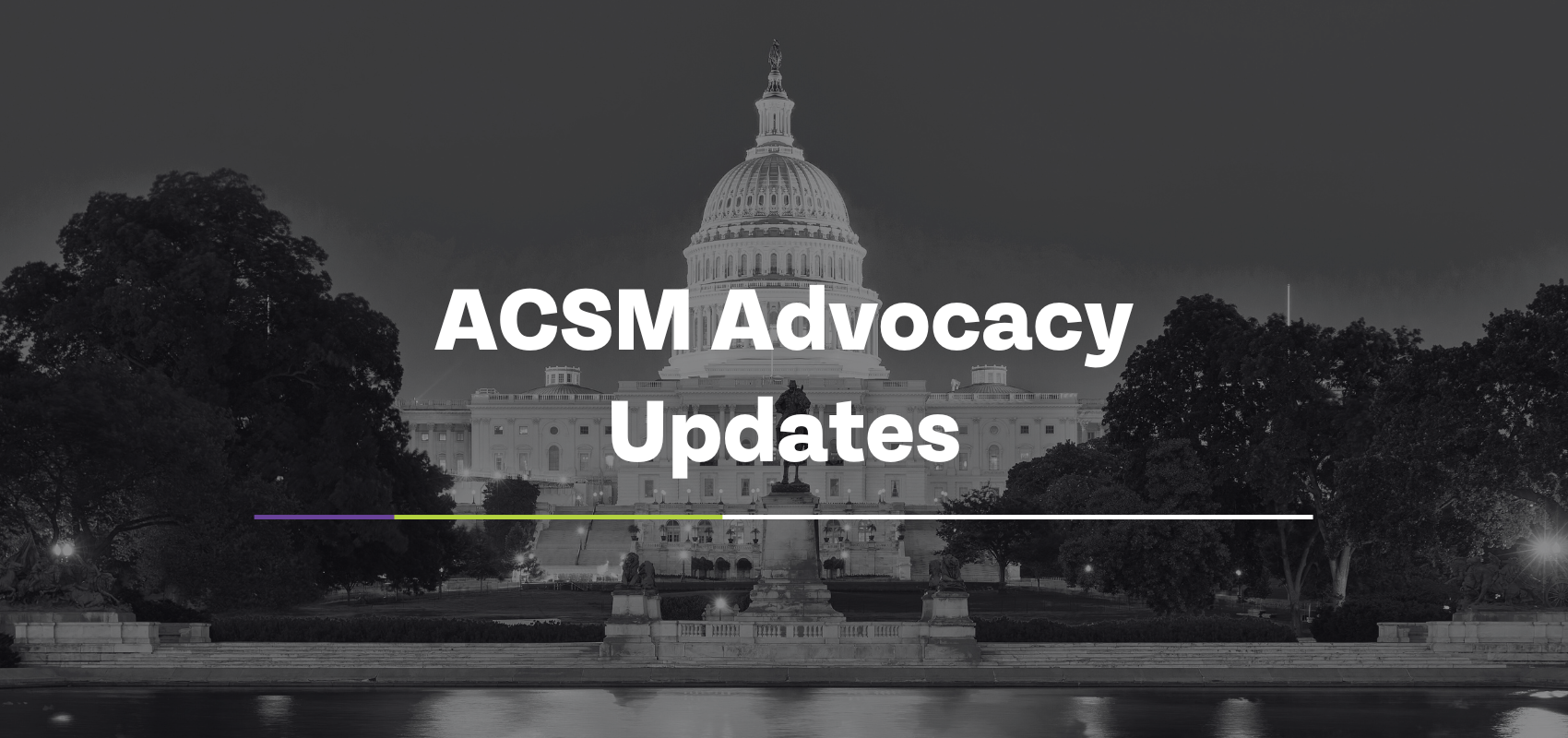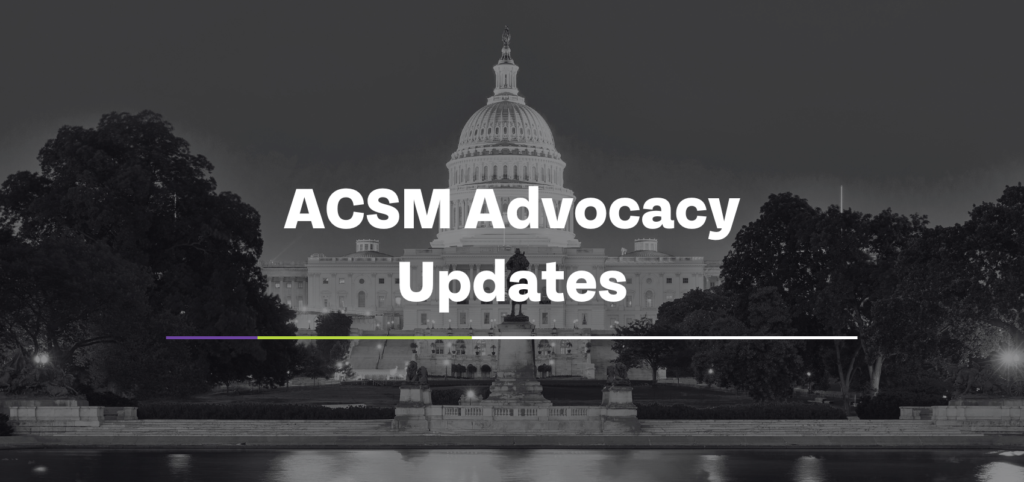Federal Government Shutdown
The federal government shut down Wednesday, Oct. 1, after Congress failed to reach an agreement on a short-term funding measure. The government had been operating under a continuing resolution (CR) enacted in March, which expired Sept. 30. The House-passed CR proposed extending current funding levels through Nov. 21.
Democratic lawmakers have called for the inclusion of additional health care provisions in a new CR, including making expanded premium tax credits (EPTCs) for Marketplace plans permanent. Senate Majority Leader John Thune, R-S.D., held multiple votes this week to advance the House proposal, but each fell short of the 60 votes needed. Three Democratic senators voted in favor, with at least seven required for passage. Discussions continue as lawmakers explore potential compromise language.
As part of the shutdown, the Department of Health and Human Services (HHS) issued its revised fiscal year 2026 contingency framework, outlining operational protocols during a funding lapse. The department projects retaining 47,257 employees while furloughing 32,460—about 59% of its workforce. The Centers for Medicare & Medicaid Services (CMS) and the Health Resources and Services Administration expect to maintain 53% of their staff. Current Office of Management and Budget (OMB) directives advise agencies to evaluate reduction-in-force procedures for positions in programs lacking discretionary appropriations or misaligned with administrative objectives. This marks a shift from traditional shutdown practices, which typically involved temporary furloughs followed by reinstatement. Actual workforce impacts may vary based on future OMB decisions.
Under the contingency framework, CMS will continue critical operations, including Medicare and Medicaid administration, fraud prevention, compliance activities, Center for Medicare & Medicaid Innovation functions, and Federal Marketplace eligibility processing. Federal appropriations support Medicaid operations through the first quarter of fiscal year 2026, with designated staff ensuring continuity of Children’s Health Insurance Program disbursements. Non-essential functions—including Medicare Administrative Contractor oversight, beneficiary call center services, policy development, regulatory processes, and individual case management—will be suspended.
The full HHS contingency staffing framework is available here.
President’s Council on Sports, Fitness and Nutrition
Rep. Greg Murphy introduced H.R. 5480, the “Make America’s Youth Healthy Again Act of 2025,” to formally authorize the President’s Council on Sports, Fitness and Nutrition. The advisory body, composed of up to 30 presidential appointees serving two-year terms, will promote physical activity, nutrition, and overall health among young Americans.
Key provisions include:
- Advising the president on national health initiatives related to youth fitness and nutrition.
- Reestablishing and improving the Presidential Fitness Test as a school-based assessment and award.
- Promoting school programs that recognize excellence in physical education and expand youth sports opportunities at all levels.
- Setting bold fitness goals to foster a culture of health, physical excellence, military readiness, and national pride.
- Collaborating with public and private partners—including sports organizations, professional athletes, nonprofits, and community groups—to inspire active lifestyles.
The bill also outlines administrative provisions, including an executive director role, funding from HHS, and the formation of subcommittees. Council members will serve without compensation but may be reimbursed for travel and certain expenses.
The Council is positioned as a cornerstone of national health renewal, leveraging major upcoming events like the 2026 FIFA World Cup and the 2028 Summer Olympics. The legislation builds on an executive order issued earlier this year that reestablished the Council and the Presidential Fitness Test.
Legislation to Promote Physical Activity Among Children
Bipartisan bills—H.R. 5224 in the House and S. 2739 in the Senate—were introduced to amend the Public Health Service Act to promote healthy eating and physical activity among children.
The legislation focuses on early care and education settings as key environments for fostering healthy lifestyles. Key components include:
- Establishing a training program for early care providers on nutrition and physical activity.
- Supporting state efforts to connect early care programs with federal nutrition assistance.
- Monitoring and evaluating health promotion activities in early childhood education.
- Engaging families to reinforce healthy behaviors at home.
The bills also create a Healthy Kids Grant Program to award competitive grants aimed at improving nutrition and physical activity environments in early childhood settings. Funding is authorized at $5 million annually from fiscal years 2026 through 2030.
Rep. Steve Cohen, D-Tenn., sponsored the House bill, and Sen. Cory Booker, D-N.J., sponsored the Senate version.
Congressional Preventive Health and Wellness Caucus Relaunched
The bipartisan Congressional Preventive Health and Wellness Caucus was relaunched by Rep. Vern Buchanan, R-Fla., vice chair of the House Ways and Means Committee and chair of the Health Subcommittee, and Rep. Gwen Moore, D-Wis.
The caucus focuses on combating obesity and promoting health and wellness through:
- Addressing the obesity epidemic, which affects 42% of adults and 20% of children, and impacts military readiness.
- Emphasizing prevention, medical research, innovation, Food as Medicine, exercise, health disparities, and obesity-related stigma.
- Promoting policy solutions through hearings, roundtables, and economic analyses.
- Raising awareness of obesity’s health consequences and advocating for improved fitness and health outcomes.
Buchanan and Moore also introduced legislation targeting obesity in the military, underscoring the importance of a healthy and ready force. The caucus serves as a bipartisan platform to advance prevention-focused policies and encourage early intervention to reduce chronic disease.




